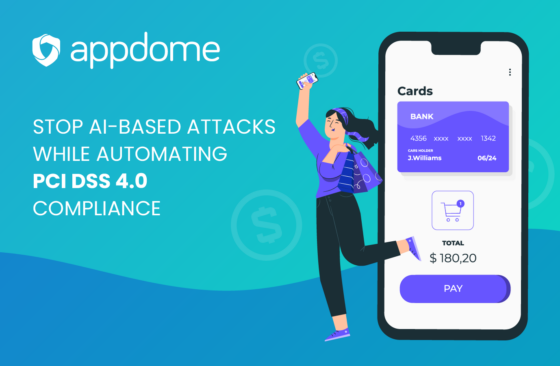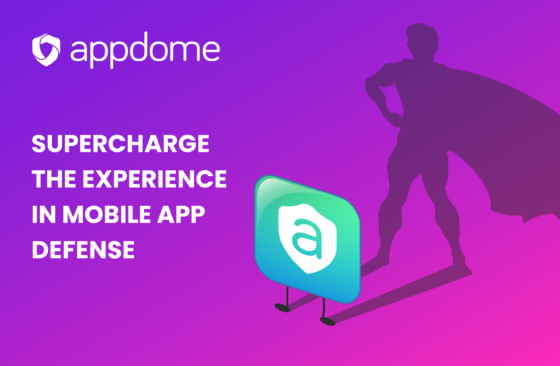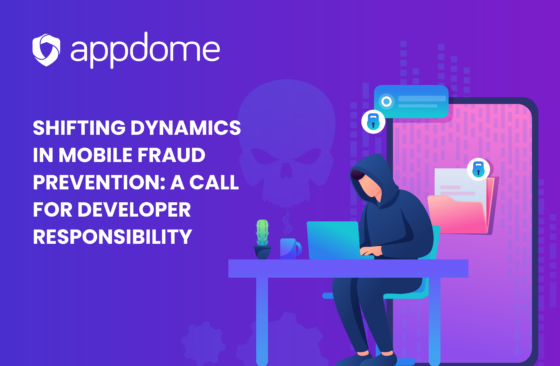Why is multi-service app integration a big deal? For a primer on Fusion, please read my previous blog. To fully appreciate the impact and benefits of multi-service app fusion, it’s important to put things into context by describing the efforts that enterprise developers and their parent companies must go through in order to deploy ‘enterprise-ready’ apps.
The integration challenge when you’re building the app
Creating enterprise-ready apps is not easy. Apps must connect to and interoperate with complex systems of record, transact with all types of databases and schemas, communicate within sophisticated network environments, and be centrally managed by a myriad of different security, compliance, mobile management, and identity systems.
There’s no middleware in mobile. In other words, apps don’t natively connect with SDKs. And SDKs are not created with a prior knowledge of every app’s inner workings. If you want to add a new service to an app, you must manually code the vendor-specific SDK inside the app, to connect the app to a given service. If you want more services, you need to manually code more SDKs inside the app one by one, vendor by vendor, line by line of code.
Post Development, adding services to an app is where it all breaks down
After your app is built, let’s say you want to add an analytics SDK to understand how well your app is performing or how successful you are engaging users. Or maybe after deploying the app, you learn that you can increase conversions by adding push notifications or video/chat to the app, giving your support team a direct channel to unblock problems at the time the user is facing them, etc.
How does an enterprise customer of your app add these services to your app post-development? Well, they can’t. It’s that simple. They can ask you, the developer, to do it. But, then you have to support the different services and vendor SDKs that each and every one of your customers use. It’s not easy. In fact, if customers demand more than one of those services, your feasibility plan can quickly turn from difficult and expensive to flat-out impossible.
Assume you take the easy road and give your customer access to your source code so they can add the relevant SDK to the app. That’s possible. But, remember, SDK are instructions and sometimes tools used to connect an app to the desired service. Sometimes SDKs include sample code, libraries, and APIs as examples. And the enterprise developers still need to bring all these pieces together and make the changes inside the app (in the right places, without breaking other things). It’s resource intensive and error-prone. Now ask, why are you supporting this? How can you?
Here’s a multi-service integration solution – Try Appdome
I always say, “there is no such thing as a one-line code change”! When it comes to mobile integration, ‘one-line of code’ is a myth; like Big Foot or the Chupacabra. It doesn’t exist!
Instead of coding, try Appdome. Appdome is a no-code platform that enables you to add new multi- services to mobile apps simply by uploading an app binary to the platform, selecting the services you want to implement (choosing from multiple categories), and clicking “Fuse My App”. It really is that simple.






